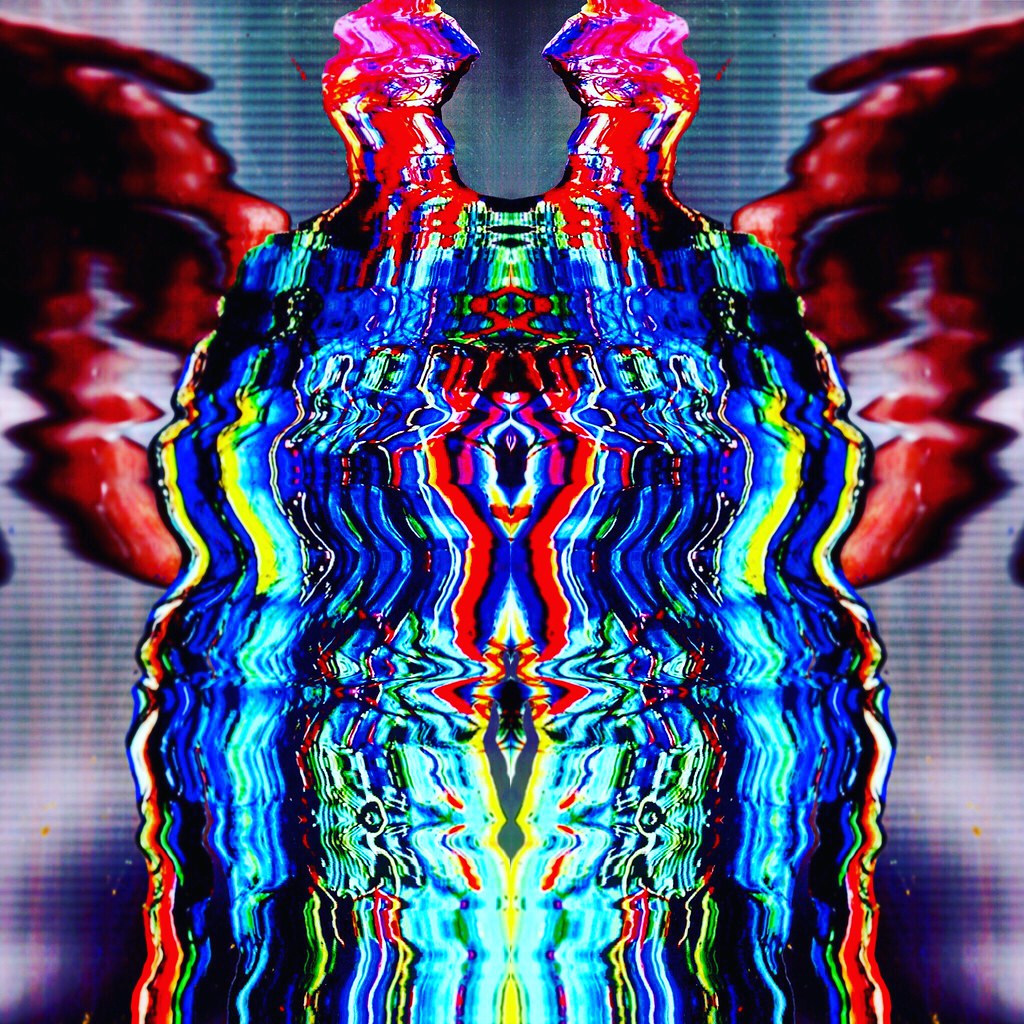#Monumenta
Text
youtube
Tax Free - Hansson Och Karlsson (Monument, 1967)
#Tax Free#Soul#Soul Music#Soul Music Songs#Music#Music Songs#1967#Hansson Och Karlsson#Jazz#Monumenta#Funk#Instrumental#Polydor#Organ#Youtube
9 notes
·
View notes
Text

rip.
1 note
·
View note
Video
Eye Can Sea Ewe by Iason Ragnar Bellerophon
#Alloutshelter#Iason Ragnar Bellerophon#Mystic: Body Double for God#World's Greatest Living Thothist#Cavemanrobot#Lord High Archon Number Eight#Oversoul Seven#Jace the Ace from Hyperspace#Cartoonist#Sexpressionist Painter#Sidewalksurfer#Skatemaker aka Jason Robert Bell Beautiful Greenberg#Monumenta#New Korpoils#The Untitled Snakes of Assyria#Helios Three#Sol#Milky Way#The Red Universe#or as I call it#home… Weltanschauungbackpfeifengesicht‽—#iason#ragnar#bellerophon#studio#flickr
1 note
·
View note
Photo

Neon vs Nature #dreammachine #neon #lighttodark #structure #monumenta # (at Summer Well Festival) https://www.instagram.com/p/ChQRmoUjuRJ/?igshid=NGJjMDIxMWI=
0 notes
Text
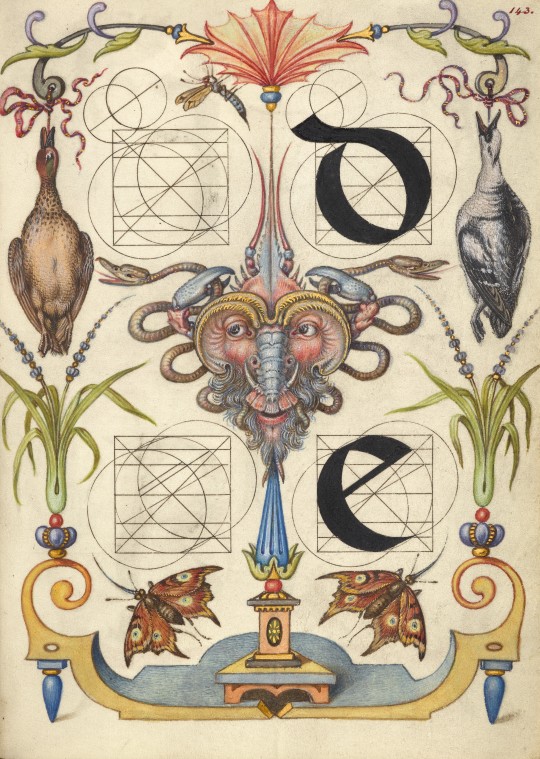
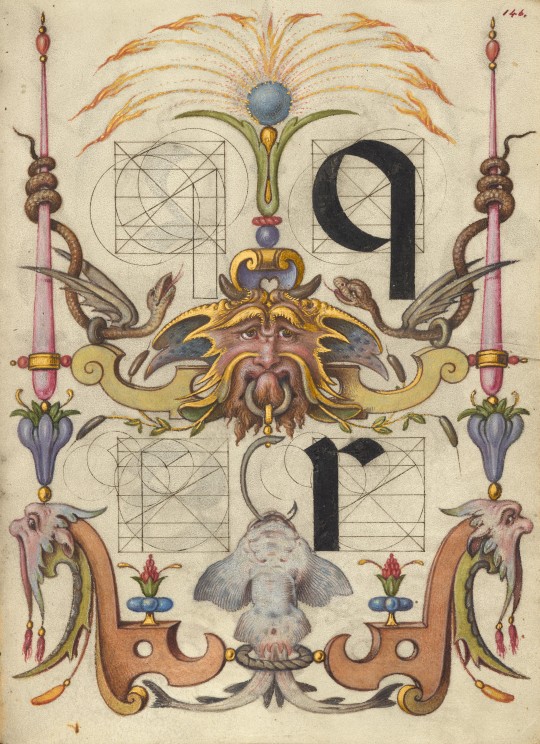
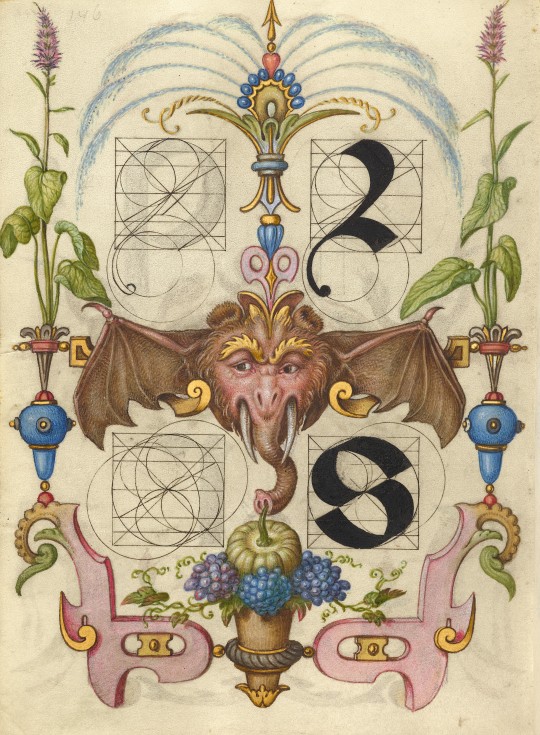

"guide to the construction of letters"
pages from the "model book of calligraphy", vienna, originally created by georg bocskay from 1561-62, illuminated and expanded by joris hoefnagel, c. 1591–96
source: Getty Museum Collection, Ms. 20 (86.MV.527), fol. 143r-147r
#16th century#joris hoefnagel#mira calligraphiae monumenta#model book of calligraphy#guide to the construction of letters#georg bocskay#calligraphy#geometry#diagrams#hybrids#grotesques#illuminated manuscript
732 notes
·
View notes
Text

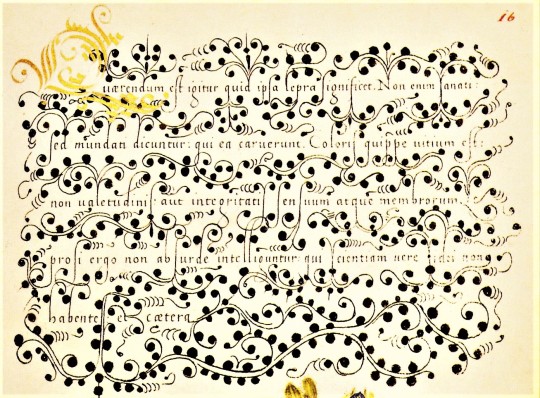

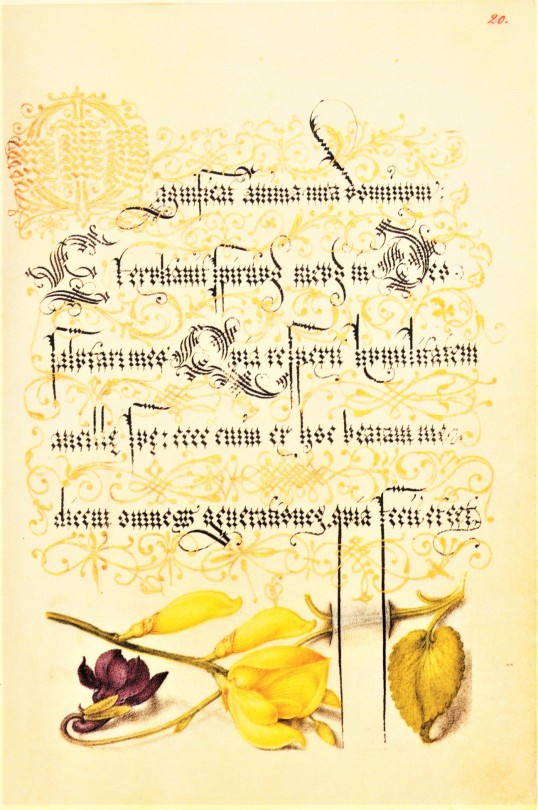









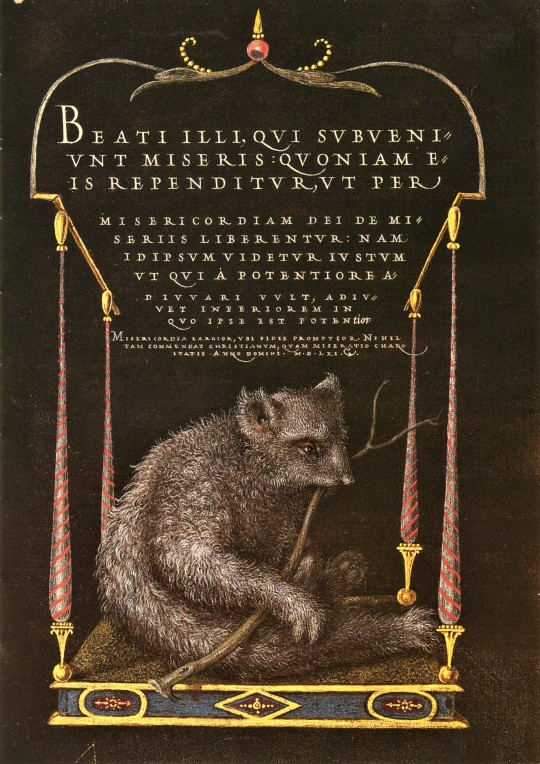
Typography Tuesday
We return to our facsimile of a 16th-cnetury calligraphic manuscript, Mira Calligraphiae Monumenta, or Model Book of Calligraphy, written in 1561/62 by Georg Bocskay, the Croatian-born court secretary to the Holy Roman Emperor Ferdinand I, and illuminated 30 years later by Flemish painter Joris Hoefnagel for the grandson of Ferdinand I, Emperor Rudolph II. The manuscript was produced by Bocskay in Vienna to demonstrate his technical mastery of the immense range of writing styles known to him. To complement and augment Bocskay's calligraphy, Hoefnagel added fruit, flowers, and insects to nearly every page, composing them so as to enhance the unity and balance of the page’s design. Although the two never met, the manuscript has an uncanny quality of collaboration about it.
Our facsimile was the first facsimile produced from the collection at the J. Paul Getty Museum in Los Angeles. It was printed in Lausanne, Switzerland by Imprimeries Reunies and published by Christopher Hudson in 1992.
View another post from Mira Calligraphiae Monumenta,
View more Typography Tuesday posts.
#Typography Tuesday#typetuesday#Mira Calligraphiae Monumenta#or Model Book of Calligraphy#Georg Bocskay#Joris Hoefnagel#illuminated manuscripts#manuscripts#manuscript facsimiles#facsimiles#calligraphy#letter forms#letters#J. Paul Getty Museum#Imprimeries Reunies#Christopher Hudson#Ferdinand I#Rudolph II
825 notes
·
View notes
Text
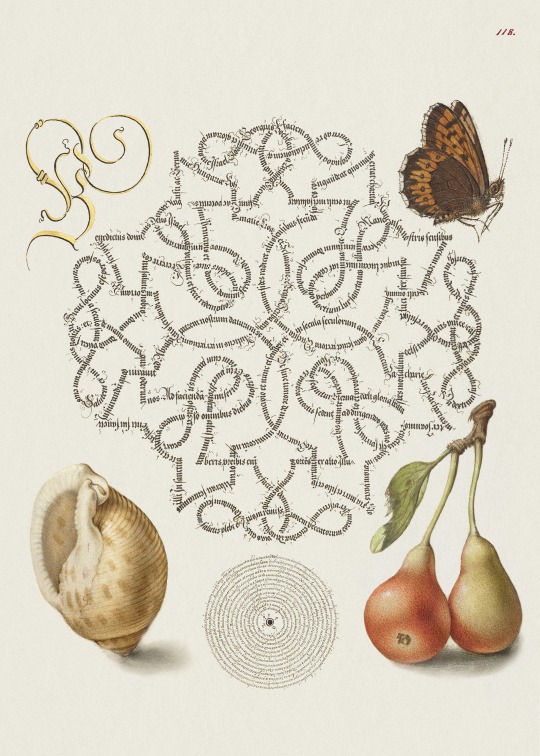


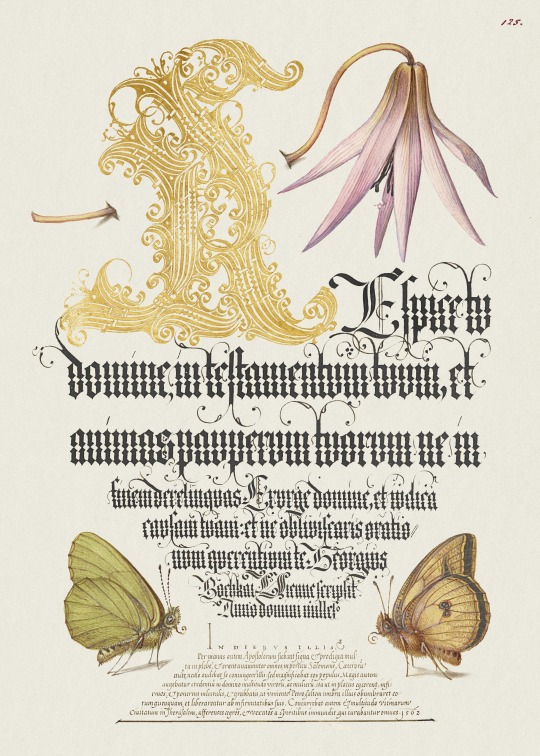



Mira Calligraphiae Monumenta: A 16th Century Calligraphic Manuscript Inscribed by Georg Bocskay & Illustrated by Joris Hoefnagel
Georg Bocskay, a master calligrapher & imperial secretary to the Holy Roman Emperor Ferdinand I, created Mira calligraphiae monumenta (Model Book of Calligraphy) as an exhibition piece. He assembled a vast selection of contemporary & historic scripts. Many of these selections were not intended for use, but for display. The manuscript demonstrated Bocskay's fine tuned calligraphy skills. Georg passed away in 1575, shortly after this book was written.
Around 30 years later, Emperor Rudolph II commissioned Europe's last great manuscript illuminator, Joris Hoefnagel, to embellish Bocskay's manuscript. In an attempt to out-do Georg's exemplary calligraphy work, Joris used every color, resource of illusionism, & form to devise brilliant grotesques - from flowers, fruits, insects, & animals to monsters & masks.
The end result is an incredible & unique collection of art & penmanship - "a landmark in the cultural debate between word & image."
#Georg bocskay#joris hoefnagel#calligraphy#mira calligraphiae monumenta#16 century art#16th century#model book of calligraphy
6 notes
·
View notes
Text
i know the human experience is incredibly different across individuals even if you've grown up in similar outward conditions but do you ever just hear things and youre like wow we are doing this shit entirely differently
#like. idk my friends rlly been thinking about college as the first time they'll ever be alone and the shift from hs to college as monumenta#and idk. like on one hand. might just be me having been wildly more depressed and in an emotionally detached family#but like. its not the first time im gonna be properly alone. ive done that and i know how to handle it and i do well with it#and on the other hand its not like im going to not talk to my family? like . as much as i would appreciate time away from my parents#who are like mental illness concentrate. i refuse to spend too long away from my sisters. im gonna be texting them all the time.#im not gonna be 'alone'. im also not gonna stop bothering my friends either?#like. i just. maybe im a bit too comfortable with it but like. its natural progression.#im not gonna be alone because i already know what i have to do to keep myself connected. and im going to do that.#ntxt
2 notes
·
View notes
Text
Kapuscinski: 'wat ons met de Ander verbindt'
bron beeld: diariovivo.com
Ryszard Kapuscinski (1932-2007) was reisjournalist en schreef een aantal reisboeken die monumentaal mogen worden genoemd. Aan het einde van zijn leven verzamelde hij een zestal lezingen die gaan over de ontmoeting met de Ander, de vreemdeling. De Pool beschouwde de ontmoeting met de Ander als een universele en fundamentele ervaring. Conflict, oorlog en geweld zijn…
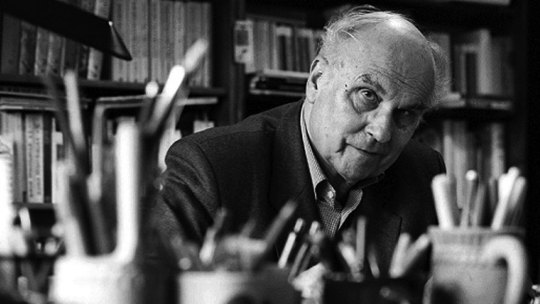
View On WordPress
#20-ste en 21-ste eeuws#communiceren#culturen#de ander#dialoog#ervaring#falen#fundamenteel#gemeenschappelijkheid#globalisering#Joseph Conrad#journalist#levenseinde#lezing#luisteren#mededogen#migratie#monumentaal#ontmoeting#Pinsk#Planeet van de Grote Kans#Polen#reizen#schrijver#solidariteit#universeel#verbondenheid#vluchtelingenstroom#welwillende houding#wereldvolkeren
0 notes
Text
Monumenta Romana and the Belvedere, Waldeshare, Kent
In the 1720s Sir Robert and Lady Furnese erected a vast garden building at Waldeshare Park, their seat in Kent, which became known as the Belvedere. 300 years later a diminutive structure, the Monumenta Romana, has appeared in its shadow
(more…) “”
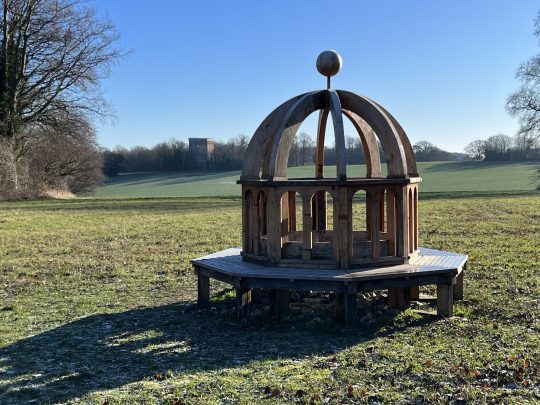
View On WordPress
#Andrew Plumridge#Charles Holland#Coldred#Dover Arts Development#English Heritage#Lady Furnese#Lord Guilford#Monumenta Romana#North Downs Way#Sir Robert Furnese#Vernon Gibberd#Via Francigena#Vivat Trust#Waldeshare Park
0 notes
Text
youtube
February - Hansson Och Karlsson (Monument, 1967)
#Soul#Soul Music#Soul Music Songs#Music#Music Songs#1967#Hansson Och Karlsson#Jazz#Monumenta#Funk#Instrumental#Polydor#February#Organ#Youtube
1 note
·
View note
Text
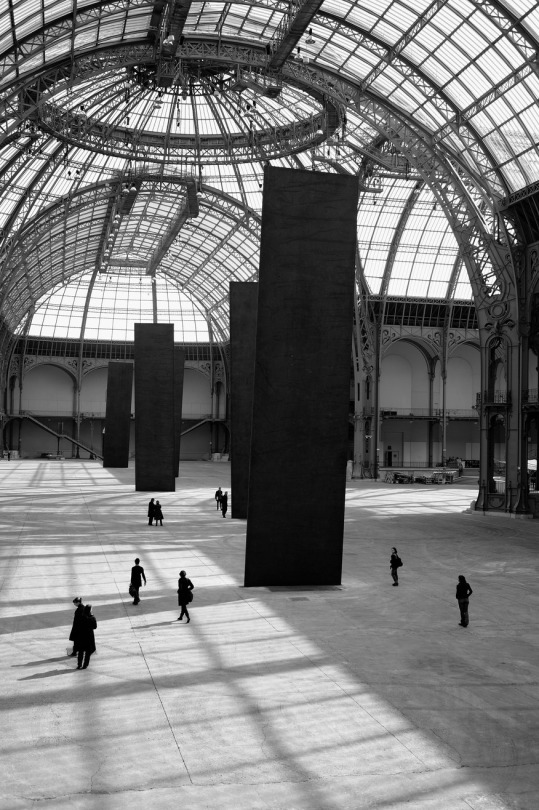
Richard Serra, Promenade, (weatherproof steel, 5 plates), 2008 [installed at Monumenta 2008, Grand Palais, Paris, May 7 – June 15, 2008] [Gagosian, New York, NY. © Richard Serra / Adagp, Paris / ARS, New York. Photo: © Lorenz Kienzle]
171 notes
·
View notes
Text
Sexualization extended to images of reading, too. Many of the paintings and prints produced by Moronobu and his contemporaries, for instance, depict not “respectable” women but courtesans in the act of reading (see figure 4), and in many scenes the implied narrative is that reading gives way to sex, for in many a shunga scene books lie scattered about the floor. Sometimes the woman portrayed reading is clearly stated not to be a courtesan, but is nevertheless shown in a situation of intimacy (see figure 2). Even the most sober didactic works were not immune to treatment of this sort. A particularly apposite example is an erotic parody of Onna daigaku. This inevitably anonymous and undated piece, entitled Onna dairaku 女大楽(Great Pleasure for Women) and probably published in the 1720s, includes a scene in which a woman’s reading is interrupted by a man who is genitally stimulating her from the other side of the kotatsu. Here the very act of reading is invaded by the fantasies of the erotic tradition.
peter f. kornicki, "unsuitable books for women? genji monogatari and ise monogatari in late seventeenth-century japan," monumenta nipponica vol. 60 no. 2
10 notes
·
View notes
Text
The quest for the ninth Dedekind number was a formidable challenge that spanned over 32 years. The calculations involved were so complex and involved such large numbers that it was uncertain whether D(9) would ever be discovered. But undeterred by the complexity and the enormity of the task, mathematicians continued their pursuit.
50 notes
·
View notes
Photo

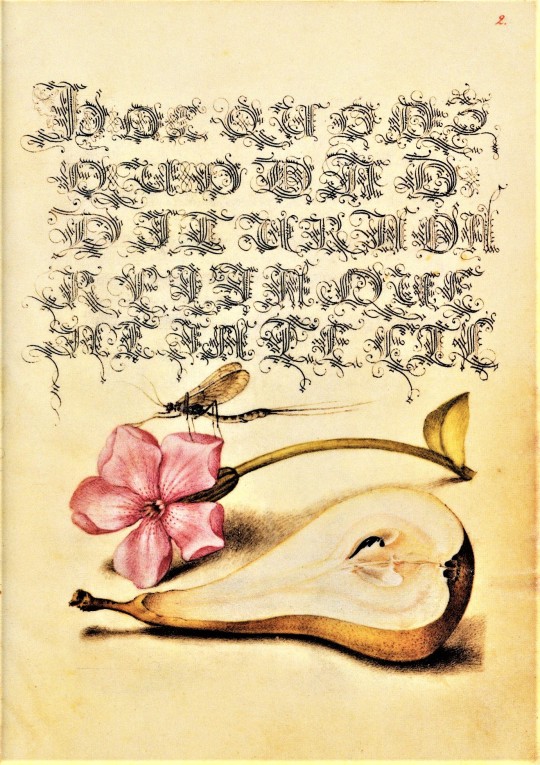
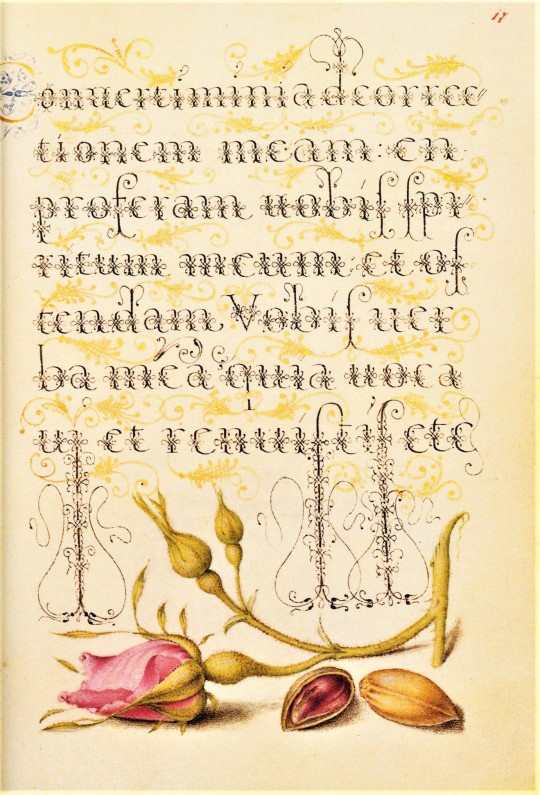




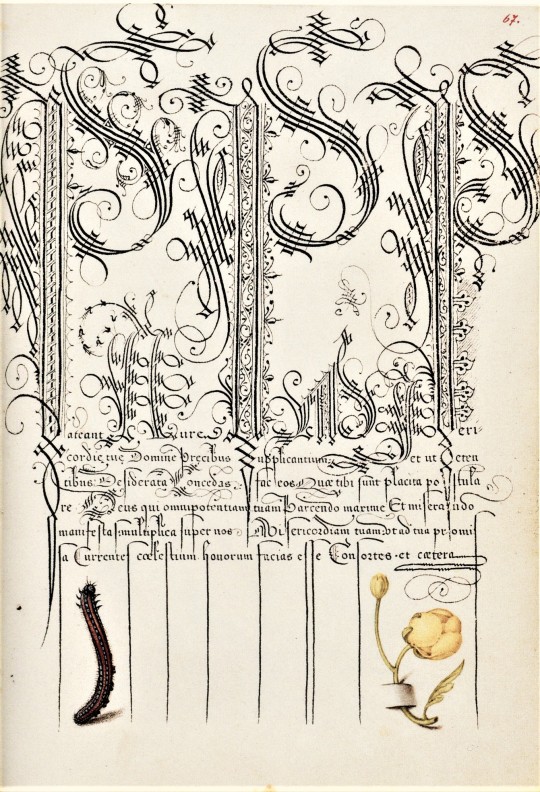


Typography Tuesday
Sometimes, things in our collection still surprise me, even after 29 years. From our fairly sizable manuscript facsimile collection, I was surprised I had never encountered this little (5 X 7 in.) reproduction of a 16th-cnetury calligraphic manuscript, Mira Calligraphiae Monumenta, the first facsimile produced from the collection at the J. Paul Getty Museum in Los Angeles, printed in Lausanne, Switzerland by Imprimeries Reunies and published by Christopher Hudson in 1992.
As the relatively new invention of printing came to dominate the production of books by the 1500s, the calligraphic inventiveness of scribes became prized for their aesthetic qualities rather than their production value.
From 1561 to 1562, Georg Bocskay, the Croatian-born court secretary to the Holy Roman Emperor Ferdinand I, created this Model Book of Calligraphy in Vienna to demonstrate his technical mastery of the immense range of writing styles known to him. About thirty years later, Emperor Rudolph II, Ferdinand's grandson, commissioned the [Flemish painter] Joris Hoefnagel to illuminate Bocskay's model book. Hoefnagel added fruit, flowers, and insects to nearly every page, composing them so as to enhance the unity and balance of the page's design. -- Getty Museum Collection webpage.
Although the two never met, the manuscript has an uncanny quality of collaboration about it.
Today we only show 11 pages from the facsimile, but we hope to present more from this highly-inventive manuscript of calligraphic virtuosity in the future.

View more Typography Tuesday posts.
-- MAX, Head, Special Collections
#Typography Tuesday#typetuesday#Typography Tuesday#Mira Calligraphiae Monumenta#Georg Bocskay#Joris Hoefnagel#calligraphy#letter forms#letters#J. Paul Getty Museum#Imprimeries Reunies#Christopher Hudson#illuminated manuscripts#facsimiles#manuscript facsimiles#Ferdinand I#Rudolph II
125 notes
·
View notes
